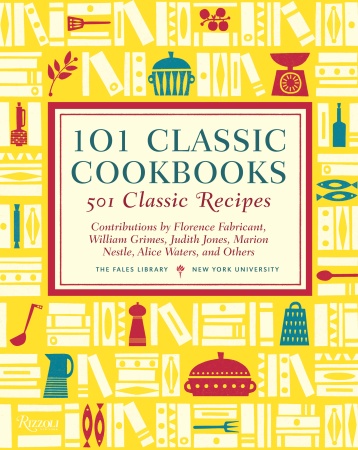I’ve been wondering for ages whatever happened to the piece I wrote for Jonathan Safran Foer’s new translation of the Haggadah, the text traditionally read and debated at Jewish Passover services.
Yesterday’s New York Times style section solves the mystery.
Mr. Foer got the idea for creating a new Haggadah after a Seder at his grandparents’ house in Washington, D.C., nine years ago…So he set out to deconstruct the traditional Haggadah with analysis by 30 marquee writers and artists, including Susan Sontag, Simon Schama, Tony Kushner, Michael Pollan as well as artwork by the painter R. B. Kitaj.
He dropped the idea because the individualism of the essays distracted attention from the text.
I was one of the 30 writers who Jonathan talked into writing for this project. I submitted my piece in January 2007.
Despite a couple of attempts to find out what happened to it, I never heard from him again (but see update below).
Ah well. These things happen.
Jonathan particularly wanted me to discuss the non-ceremonial foods of the Passover feast, the dishes that the Hagaddah does not discuss. Here’s what I sent him:
Haggadah: The Passover Meal
Through the rituals of Passover, we are to re-experience and honor the sufferings of the Jewish people throughout the ages. The ritual reenactments require us to sip wine, taste bitter herbs and haroset, and reflect upon the symbolic meanings of these foods.
All of this has made us hungry. Now, we are to eat. But what?
The rituals say only that we must eat matzo but must not eat anything leavened (hometz). If we follow Ashkenazi traditions, we also must not eat kitniyot, the beans, rice, or other foods that might fool us into eating hametz by mistake.
Unlike most else in this ceremony, we are not to question these rules. By following them unquestioningly, we reaffirm our identity as Jews and our freedom—and our conscious decision—to participate in Jewish cultural traditions.
But what of the feast itself? On this, the Haggadah is mute.
How are we to interpret this silence? One possibility is that the meal itself symbolizes freedom, in this case to create our own rituals. Except for the obligatory matzo and the forbidden hametz, the menus of Passover feasts from Europe (East and West), Iberia, Africa, the Middle East, and the Far East could not differ more. Each community, each family within that community, is free to interpret its own food traditions in its own way.
Chicken soup? Matzo balls that sink or float? Fava beans? From one family to another, such differences may be irreconcilable. But for those who celebrate Passover together year after year, the dishes themselves are not the point.
The point is the predictability of those dishes. In this respect, the Passover meal not only celebrates survival and freedom from oppression, but also constitutes an oasis of stability in an uncertain and mutable world.
For many, myself included, the significance of Passover is as an occasion on which to honor the most important values of Judaism: freedom from oppression, democracy, social justice, ethical relations with others, and the obligation to transmit these values to our children. The meal is an excellent means for doing so.
Whatever the foods served, they can inspire yet another set of four questions, these about what food means to us as moral, ethical beings in today’s world.
- Tonight we partake of this feast while others go hungry as a result of the injustices of war, famine, or social and economic inequity. How can we improve the human condition and ensure that those who need food have enough to eat?
- Tonight we eat many foods. How can we ensure that those who produce our food are justly compensated for their labor and are employed under conditions that provide for their housing, health, physical safety, and human rights?
- Tonight we eat foods from near and far. How can we ensure that these foods were produced in ways that sustain our land, water, and air, and that were kind to the animals that give us meat and milk?
- Tonight we feast. On other days, how can we choose foods that best nourish our bodies, please our senses, promote our health, and make the world a better place for all?
Let the meal stimulate as much discussion as the rest of the rituals. Now, at long last, it is time to eat. Enjoy!
Rejections are always disappointing but in this instance I’m in splendid company.
I’d love to read the other pieces that didn’t get published. I’ll bet they are worth reading on their own.
In any case, I look forward to seeing the new Haggadah.
Update, March 16: I received this note yesterday from Jonathan Foer:
Dear Marion,
I saw your piece this morning and was mortified. I changed e-mail addresses about a year ago—this is the only e-mail I use anymore—and sent you two notes from here explaining the changes in the Haggadah…I don’t know if my e-mail went to your spam folder, or what, but the thought of you not hearing from me about this makes me very sad…To be honest, when I didn’t hear back, I feared you were pissed about the editorial change, and so after my second e-mail, I thought it best not to keep pushing.
In any case, I’m so genuinely sorry about this. Your piece is wonderful. (As are the others that were cut.) But the longer I worked on the book, the better I understood that it actually just wants the editor and writers to get out of its way. I wish I could have found you with that message a year ago…
Best, and apologies,
Jonathan
Nice, no? Apology totally accepted. We are exchanging books.



